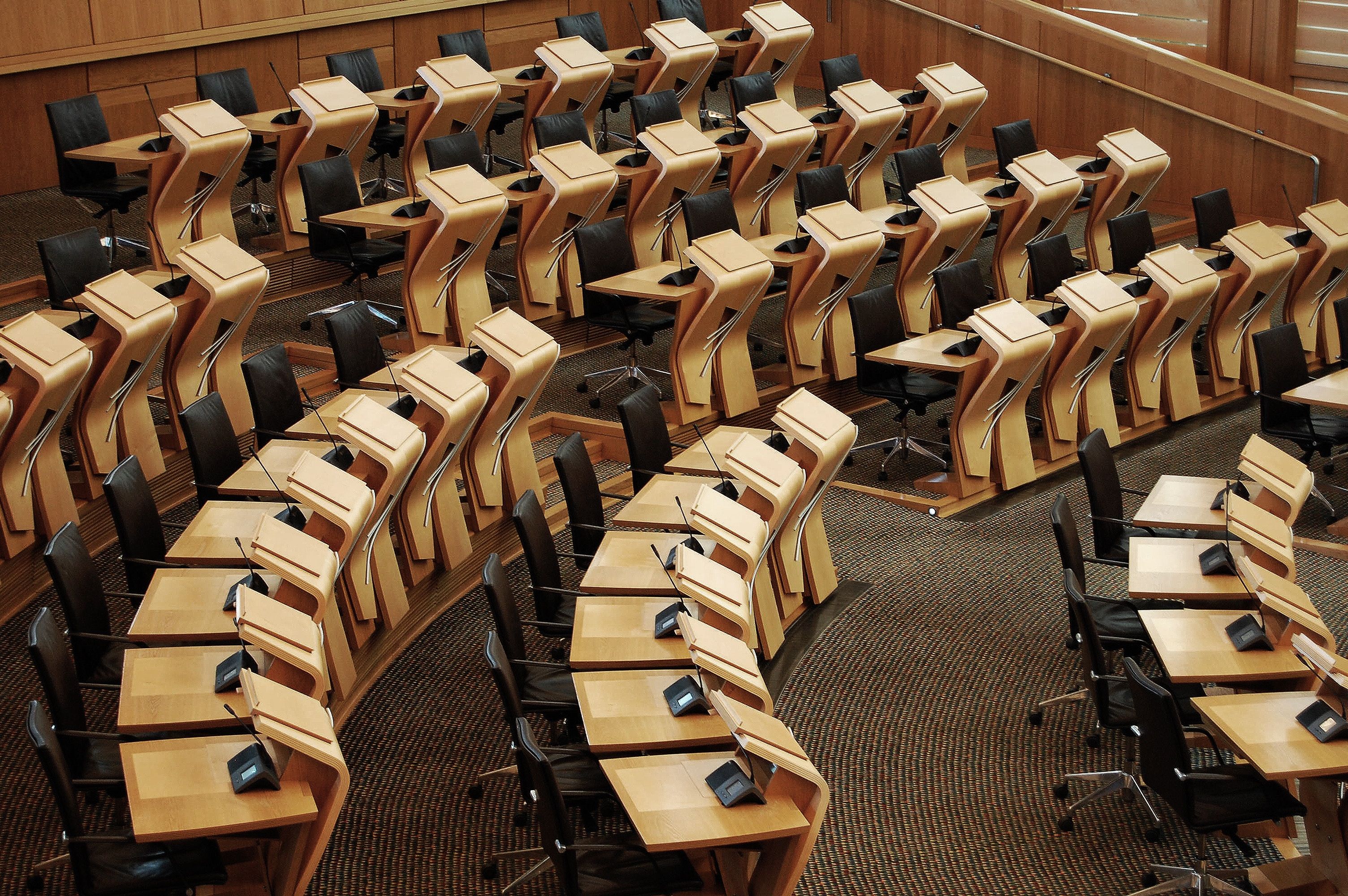Marine
Scotland’s marine area is huge – nearly six times our land area. The waters around Scotland provide food, transport routes, energy (fossil and renewable) and are home to a large range of animals and plants, some of them internationally important.
Read this chapter
Collectively, Scotland’s marine areas store nearly 10,000MtCO2e. This is roughly equivalent to the total carbon stored in Scotland’s land-based ecosystems like peatlands, forestry and soils. Annually, Scotland’s marine areas sequester (absorb and lock up) 28.4MtCO2e, which is approximately three times greater than the annual carbon sequestration of Scottish forestry.289 This carbon in the marine areas is known as blue carbon.290
Accounting for emissions related to activities at sea, the wider ‘marine carbon’ balance is, therefore, vital to efforts to address climate change.
Scotland’s seas are, environmentally, in a poor condition – and we are failing to meet our obligations for their restoration. Action to address marine carbon issues can also address the poor environmental condition of our seas – and vice versa. It is a potential win-win.
At present, neither blue carbon nor some aspects of wider marine emissions are included in the UN’s greenhouse gas inventories. This means that they are not measured or reported in Scotland’s annual emissions’ report or addressed in the Climate Change Plan. A recent review by NatureScot found that carbon sequestration in many marine areas is still poorly understood and thus often not quantifiable.291
Nevertheless, blue carbon (and its release, store and sequestration) will affect the climate whether it is ‘counted’ in the inventory or not. Not addressing blue carbon is delaying action that will, one day, be counted and makes meeting the Paris Agreement 1.5ºC target all the harder.
Figures from SPICE briefing on Blue Carbon, 2021, https://digitalpublications.parliament.scot/ResearchBriefings/Report/2021/3/23/e8e93b3e-08b5-4209-8160-0b146bafec9d#Executive-Summary
Action for Blue Carbon: protecting the marine environment to support action on climate change, SCCS, 2022, https://www. stopclimatechaos.scot/wp-content/uploads/2022/09/SCCS-marine-carbon-briefing.pdf
NatureScot Research Report 1326 – Scottish Blue Carbon – a literature review of the current evidence for Scotland’s blue carbon habitats,
NatureScot, 2023, https://www.nature.scot/doc/naturescot-research-report-1326-scottish-blue-carbon-literature-review-currentevidence-scotlands
The Climate Change Plan update does not have a separate section on marine issues and references a forthcoming Blue Economy Action Plan. The 2022 Blue Economy Vision for Scotland292 aims that: ‘by 2045 Scotland’s shared stewardship of our marine environment supports ecosystem health, improved livelihoods, economic prosperity, social inclusion and wellbeing.’
It lists two outcome goals on the environment:
- Scotland’s marine ecosystems are healthy and functioning, with nature protected and activities managed using an ecosystem-based approach to ensure negative impacts on marine ecosystems are minimised and, where possible, reversed
- Scotland’s blue economy is resilient to climate change, contributing to climate mitigation and adaptation, with marine sectors decarbonised, resource efficient and supporting Scotland’s Net Zero and Nature Positive commitments
It is expected that the next Climate Change Plan will have more to say on the marine environment.
A Blue Economy Vision for Scotland, Scottish Government, 2022, https://www.gov.scot/publications/blue-economy-vision-scotland/ pages/6/

